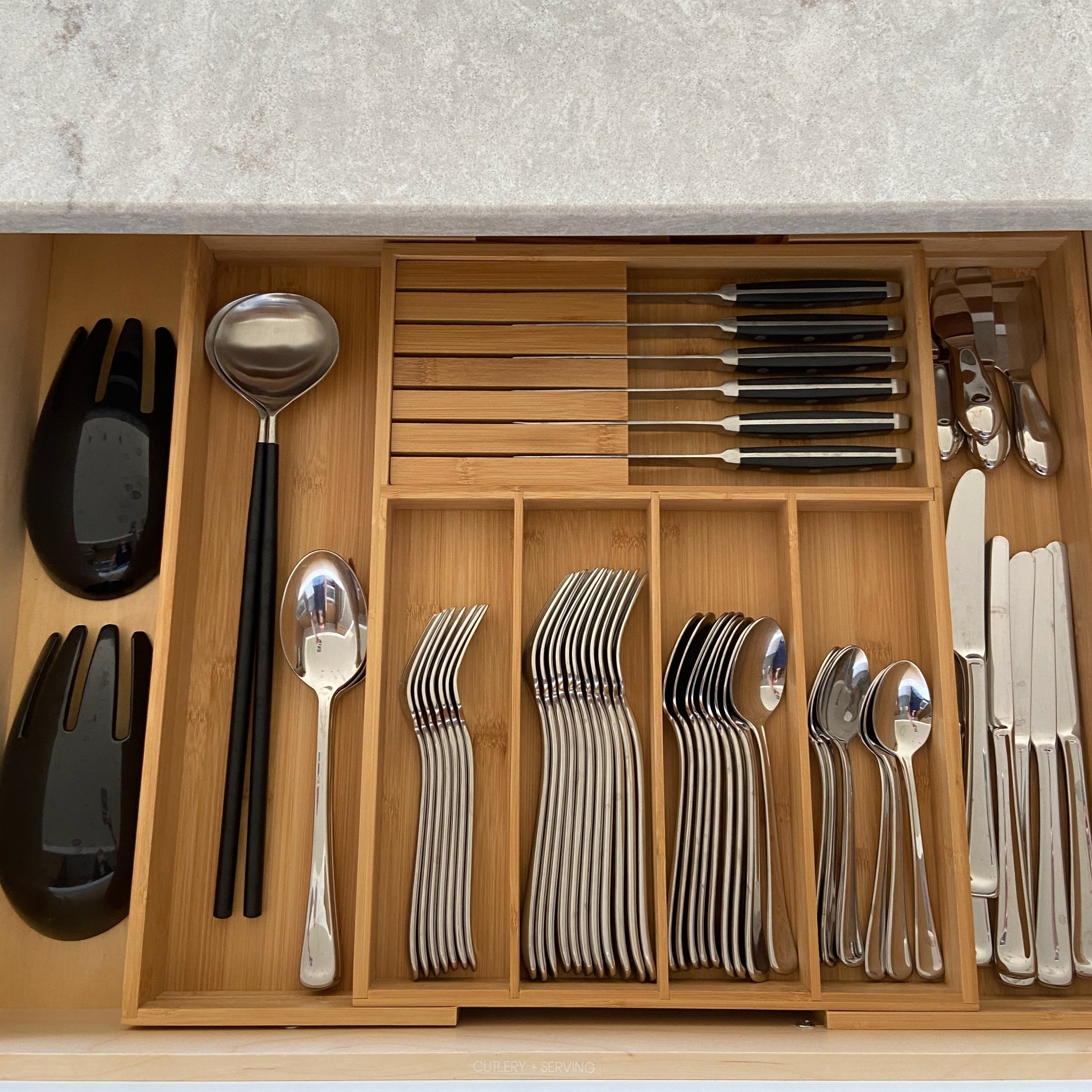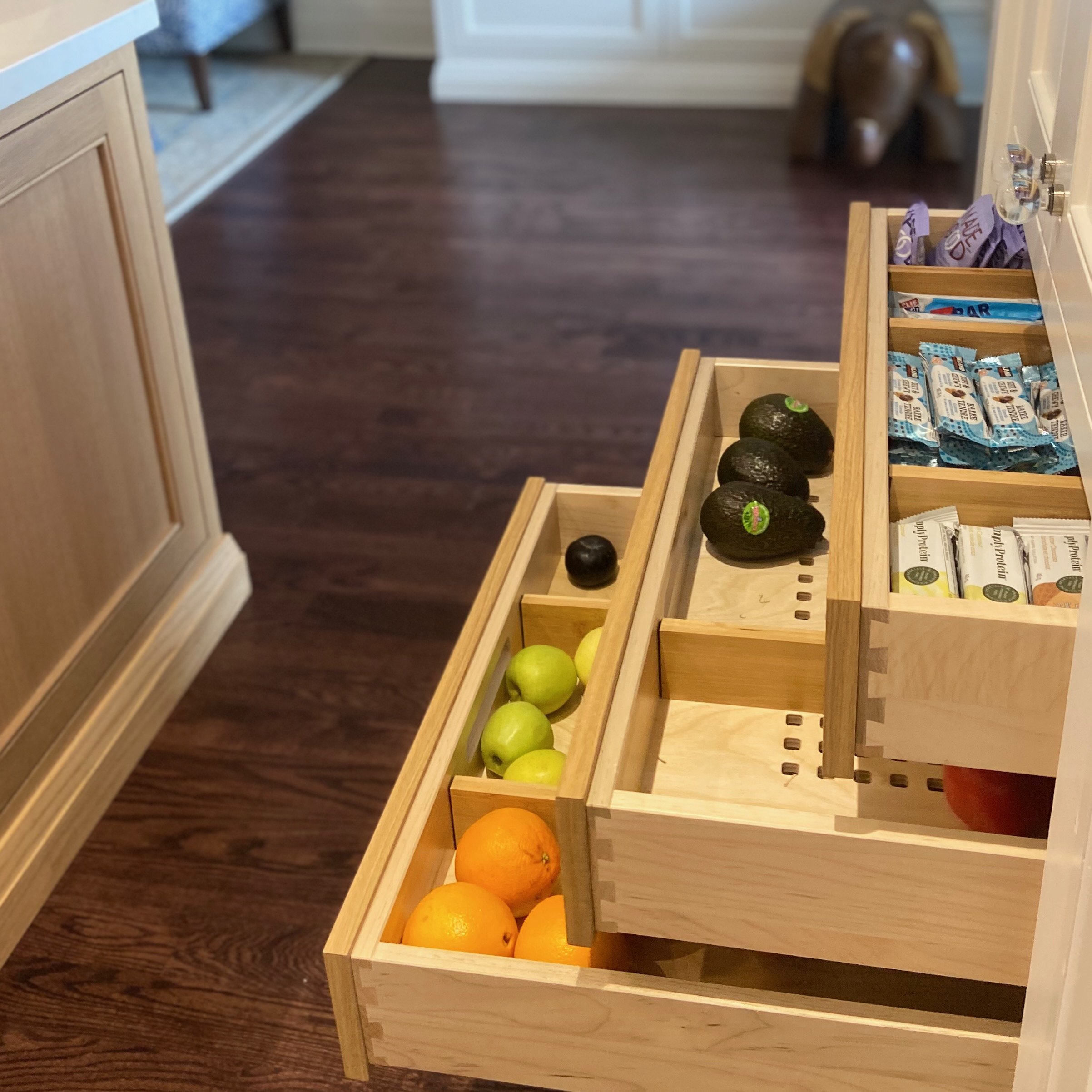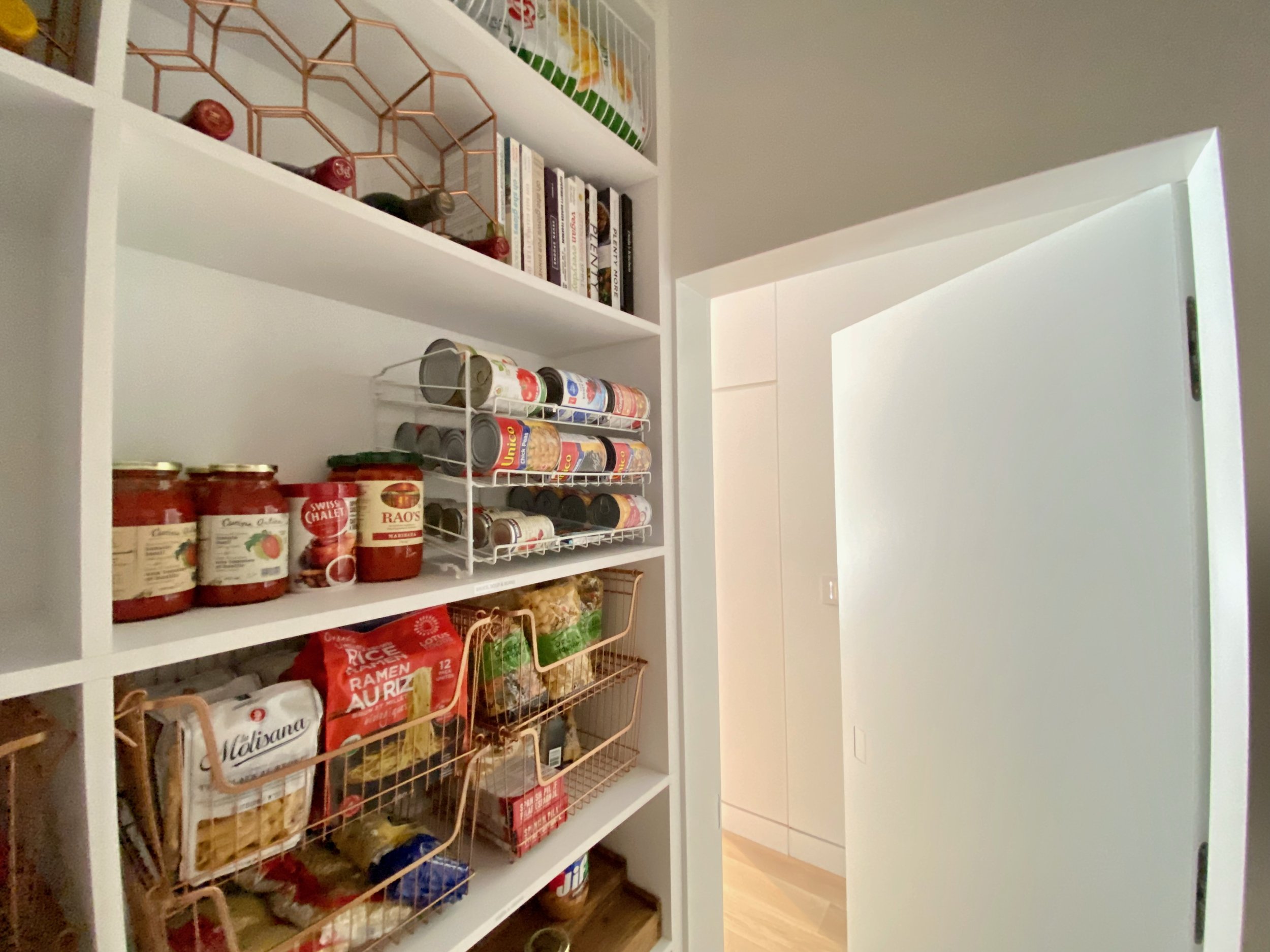Make the most of your Kitchen
“Kitchens should be designed around what’s really important: fun, food & life.”
— Daniel Boulud
Whether you’re making do in a temporary situation or moving into your dream home, we want to share resourceful, impactful and creative ideas to make the most of your space. This is the first in a series of posts on making the most of your home, where we’ll share some of the simplest and most innovative design and organizing ideas, room by room. Kitchens are consistently the priority to set up quickly and efficiently in the process of moving so that’s where we’ll start.
They say kitchens are the heart of the home and we know that the less disruption you have to this core space, the easier a move will go. Keeping a kitchen in operation as long as possible leading up to move day, and setting it up quickly, and effectively from the get go means saving money on eating out, keeping up healthy habits, maintaining morning rituals (hello coffee maker!), and simplifying clean-up time. Here’s what to think about when planning your kitchen set-up:
BEFORE YOU MOVE
Design upgrades: Assess available storage/design against your needs to identify opportunities to add or remove cabinets—this can help minimize clutter or open up a space. Consider fresh paint on walls or cabinets; counter, hardware, lighting or tile updates; and new appliances for quick and inexpensive alternatives to full renos.
Cleaning: Thoroughly clean cabinets inside and out, and dust above any cabinets.
Edit: Take stock of what you have and what you want to bring with you. It’s a great time to clear out duplicates or anything broken. Packing in categories and being deliberate about what you make space for will pay off at the set-up stage.
Source organizing staples: From drawer liners to cutlery dividers, wipeable bins, glass jars, and turntables, there are a few organizing essentials we like to use in practically every kitchen to help give everything a home that’s easy to access.
AT SET-UP
Plan: Use masking tape or post-its to temporarily label cabinets and drawers with key kitchen categories to ensure all your essentials are prioritized; group categories in zones around main kitchen activities: food prep, cooking, serving, cleaning for instance.
Establish a spice organization system: Where space permits, narrow drawers offer the most accessible solutions to keep spices handy and organized. Shelf risers will help ensure nothing gets lost at the back of a cabinet. Keep extra spice stock in the freezer for freshness.
Account for bulky and seasonal items: Consider options for the most awkward items that need a home such as brooms, small appliances, tall vases, and large baking sheets. Sometimes the best solution is to store outside the kitchen. Consider available space, frequency of use and accessibility needs. Seasonal items can often be moved outside the kitchen for most of the year.
Measure & adjust shelves: Fit essentials and maximize space by adjusting shelves before you fully unpack.
Source additional supplies: Shelf-risers, stackable bins, drawer dividers, hooks and more, are a a few of many possible solutions to help make the most of your kitchens and keep essentials within reach.
ONGOING
Tweak organization & label: Take some time to get used to your set-up and ensure it’s optimized for your lifestyle and cooking preferences. Make adjustments as you see fit and then label inside drawers when you’ve found the layout that’s best for you.
Layer in decor: Add a washable runner, plants, and art to personalize the space and pull together the desired look and feel. Be intentional about what you leave out on the counters. Use trays or other serving dishes to coral items frequently on counters.
Maintain: Use up food before it goes bad with frequent food editing, consolidating near empty boxes and keeping bags of food fresh with clips; remember to use the one in one out rule when you get new water bottles, coffee mugs, Tupperware/takeout containers etc.
Kitchens can be one of the most deceivingly time-consuming spaces to pack and unpack given the volume of small and often fragile items kept out of sight and out of mind. Setting them up thoughtfully often takes 10+ hours so extra hands and a solid chunk of time are always helpful, not only to do the work but deal with all the packing supplies after.
Looking for help to make the most of your space? Contact us today.




